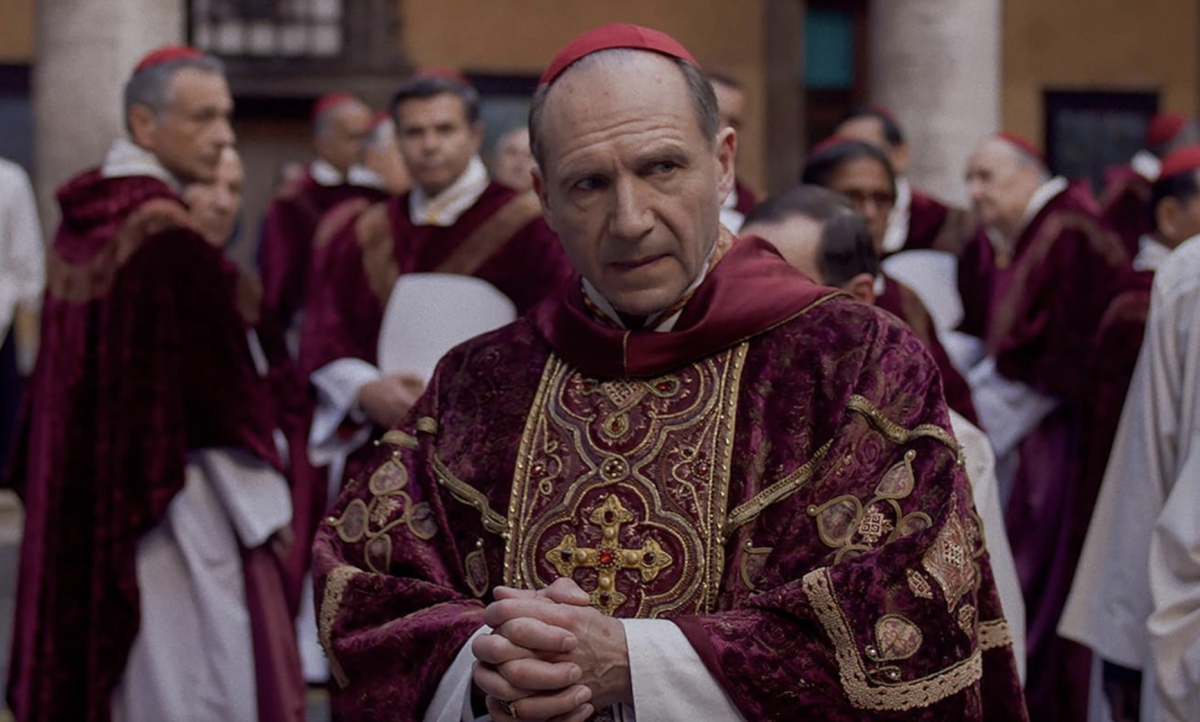![the_strain[1] the_strain[1]](https://campuslive.org/~dailycol/media/2009/09/the_strain1-300x150.jpg) Within the plethora of angsty teenage vampire romance novels (cue the screaming legions of “Twilight” fans), enters “The Strain”: not exactly the anti-norm, but close to it. Penned by Academy Award-winning director Guillermo Del Toro and Chuck Hogan, “The Strain” is the first book in the upcoming trilogy, with “The Fall,” hitting stands in 2010, and “The Night Eternal,” following in 2011.
Within the plethora of angsty teenage vampire romance novels (cue the screaming legions of “Twilight” fans), enters “The Strain”: not exactly the anti-norm, but close to it. Penned by Academy Award-winning director Guillermo Del Toro and Chuck Hogan, “The Strain” is the first book in the upcoming trilogy, with “The Fall,” hitting stands in 2010, and “The Night Eternal,” following in 2011.
Set in present-day New York City, an empty airplane lands at JFK Airport and to the surprise of employees, is completely quiet. Dead silence resonates from inside the plane and more eerily, it has no electricity and the shades over each window have been drawn. The protagonist, Dr. Ephraim Goodweather – or “Eph,” as he is commonly referred – is called in to investigate, as he is the head of the Centers for Disease Control (CDC).
While the plot volleys between the current disaster at hand (vampires – but they do not know it yet) and the family problems between Eph’s son and his ex-wife, Eph tries to figure out the mystery behind this airplane. But between forensics and common sense, it is unclear to the CDC how an aircraft full of corpses could’ve landed cleanly with no electricity. Even more puzzling is how so many wound up dead in the first place, and with seemingly no sign of struggle.
While different writers have different, revisionist approaches to the vampire myth (i.e., how one becomes a vampire), Del Toro and Hogan have crafted a new, yet fresh, idea that leaves the reader ignorant of the secret until all chaos breaks loose. The vampires, instead of being the traditional Dracula-esque bloodsuckers, are more like hosts for an ancient virus. Del Toro and Hogan challenge the traditional ideas of feeding, mental capacity and myth. In short: this is not a love story.
The book caters to a different kind of audience: one that, although aware of the various other myths and methods, is forced to suspend their beliefs to accommodate the happenstances within the book. The vampires in “The Strain” are more akin to a vampire-zombie hybrid. Instead of having fangs to draw blood from their victims, as most vampires have done for centuries, they use a different method for feedings. Once they become a full-fledged host, they no longer have any mental capacity besides the need to feed. Traditionally, this is a classic trait of zombies, but zombies typically are not choosy about what they are eating, as long as it has flesh.
Vampires, on the other hand, prefer blood that is most commonly been harvested from the carotid artery on the neck. The descriptions of the hosts’ bodies descending into madness (read: vampirism) are chilling. “The Strain” is written as if Del Toro and Hogan were imagining a movie: surreal and utterly informative. If this were made into a movie, which it probably will be, the screenplay would probably be a shortened version of the novel.
Since Guillermo Del Toro is no stranger to crafting superbly visual movies (“Pan’s Labyrinth,” the “Hellboy” series and the forthcoming “The Hobbit,” among them), it is no surprise when the reader imagines a scene in an abandoned subway to be a little more real than expected.
Instead of having traditional chapters, Del Toro and Hogan divide “The Strain” into parts according to the plot. There are different sections for the description and search of the plane, as well as the back story of the legend of the vampire.
Overall, “The Strain” is well-imagined and executed, as well as effective. Without giving away too much too early, the story will leave readers guessing until the pivotal moment when all is revealed. “The Strain” also provides an easy set-up for the second book. By novel’s end, it’s apparent that if New York City could be taken over in a matter of days, the world doesn’t stand much of a chance. The following parts of the trilogy will most likely chronicle the spread of the disease, as well as Eph’s fight against it – but with more force and knowledge.
Haley Navarro can be reached at [email protected]






